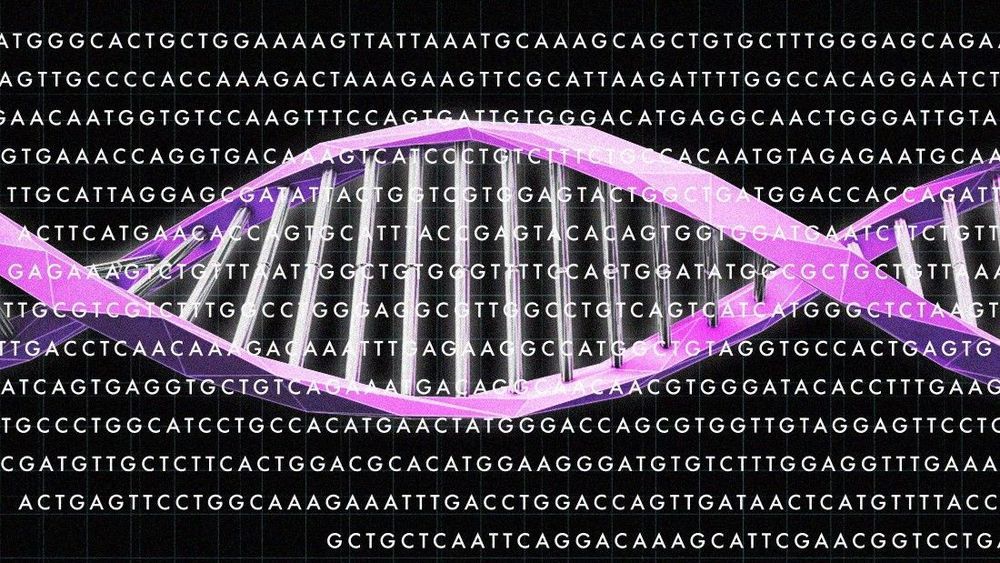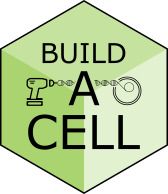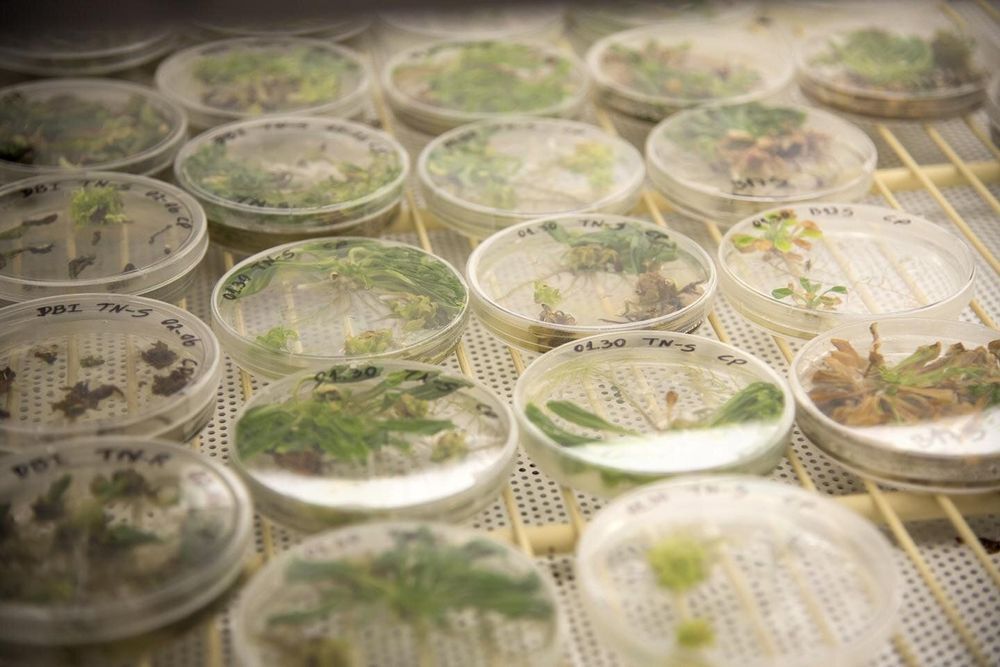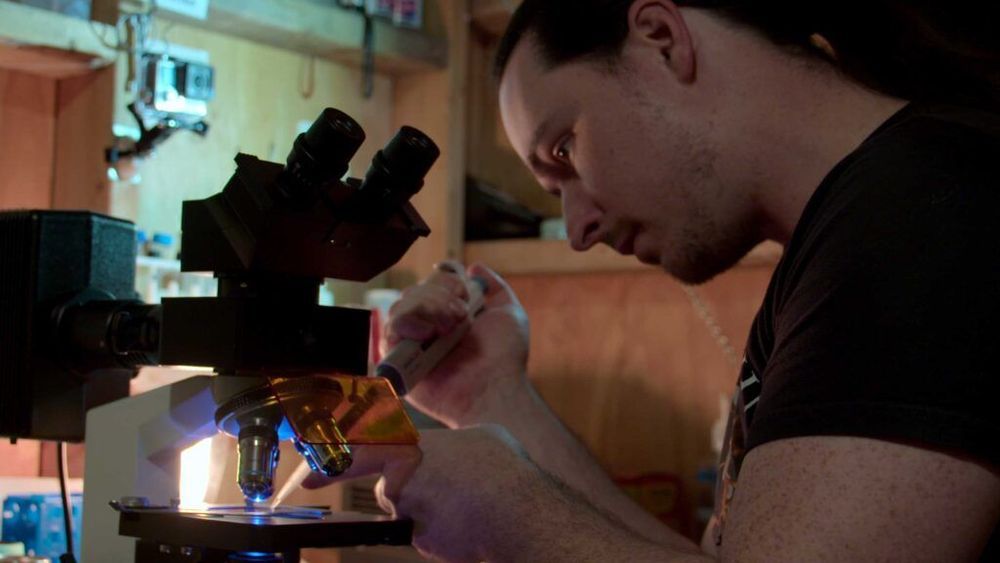Category: bioengineering – Page 163
Dr. Bill Andrews Presentation & Tour of Sierra Sciences on October 11TH, 2019
Excellent lecture. Darwin’s turtle, sharks and clams 500 years old, talking about Liz Parrish at an hour and 8. And then a tour.
My mission is to drastically improve your life by helping you break bad habits, build and keep new healthy habits to make you the best version of yourself. I read the books and do all the research and share my findings with you!
This video is DR. BILL ANDREWS PRESENTATION & TOUR OF SIERRA SCIENCES ON OCTOBER 11TH, 2019. Brent Nally recorded, edited and produced this video. My apologies for the poor audio and camera work in the first few minutes. Infinite gratitude to Bill for opening up Sierra Sciences to us. Here’s a link to purchase IsaGenesis. You have to sign up first: https://getstarted.isagenix.com/VF234XXQV001
- Please consider a donation to me: My Bitcoin Cash (BCH) address: qr9gcfv92pzwfwa5hj9sqk3ptcnr5jss2g78n7w6f2 or https://paypal.me/BrentNally
SHOW NOTES:

New gene editing technology could correct 89% of genetic defects
Scientists have developed a new gene-editing technology that could potentially correct up to 89% of genetic defects, including those that cause diseases like sickle cell anemia.
The new technique is called “prime editing,” and was developed by researchers from the Broad Institute of MIT and Harvard, who published their findings Monday in the journal Nature.
Prime editing builds on powerful CRISPR gene editing, but is more precise and versatile — it “directly writes new genetic information into a specified DNA site,” according to the paper.

What is Build-A-Cell?
Cells are the fundamental “building blocks” that make up living organisms. Yet, we don’t know exactly how cells were formed in the first place. We also don’t know what all the molecules that make up any natural cell do. Finally, we can’t yet put molecules together ourselves to make new synthetic cells.
Addressing the questions and challenges posed above requires significant collaboration and cooperation. The Build-a-Cell community welcomes all who wish to learn about and cooperate in the work of fully understanding and engineering a diversity of synthetic cells.
The future of biotechnology is in realizing fully understood, lineage agnostic organisms, beginning with single cells.

Tennessee researchers join call for responsible development of synthetic biology
Engineering biology is already transforming technology and science, and a consortium of researchers across many disciplines in the international Genome Project-write is calling for more discussion among scientists, policy makers and the general public to shepherd future development. In a policy forum article published in the October 18 issue of Science, the authors outline the technological advances needed to secure the transformative future of synthetic biology and express their concerns that the implementation of the relatively new discipline remains safe and responsible.
Two researchers with the University of Tennessee Institute of Agriculture are co-authors on the piece titled “Technological challenges and milestones for writing genomes: synthetic genomics requires improved technologies.” Neal Stewart and Scott Lenaghan with the UTIA departments of Plant Sciences and Food Science, respectively, join Nili Ostrov, a Ph.D. research fellow in genetics at Harvard Medical School, and 18 other leading scientists from a number of institutions and disciplines, in outlining a potential timeline for the development of what they call transformative advances to science and society.
Stewart and Lenaghan are the co-directors of the UT Center for Agricultural Synthetic Biology (CASB). Formed in 2018, Stewart says CASB is the first synthetic biology center in the world aimed specifically at improved agriculture. A professor of plant sciences in the UT Herbert College of Agriculture, Stewart also holds the endowed Racheff Chair of Excellence in Plant Molecular Genetics. Lenaghan is an assistant professor in the Department of Food Science who also holds an adjunct position in the UT Mechanical, Aerospace, and Biomedical Engineering (MABE) Department.

The ‘unbelievable journey’ of CRISPR, now on Netflix
Mankind’s ability to edit the fabric of human life has led to scientific upheaval, global debate, and at least one international incident. Now, it’s coming to Netflix.
“Unnatural Selection,” a four-part docuseries debuting Friday, dissects the stories, science, and ethics behind genome editing, following academics, biohackers, and patients as they move through a brave new world made possible by technologies like CRISPR.
We recently spoke with co-directors Joe Egender and Leeor Kaufman about how the series came to be and how it frames the sprawling story of human genetic engineering. This transcript has been lightly edited for clarity.